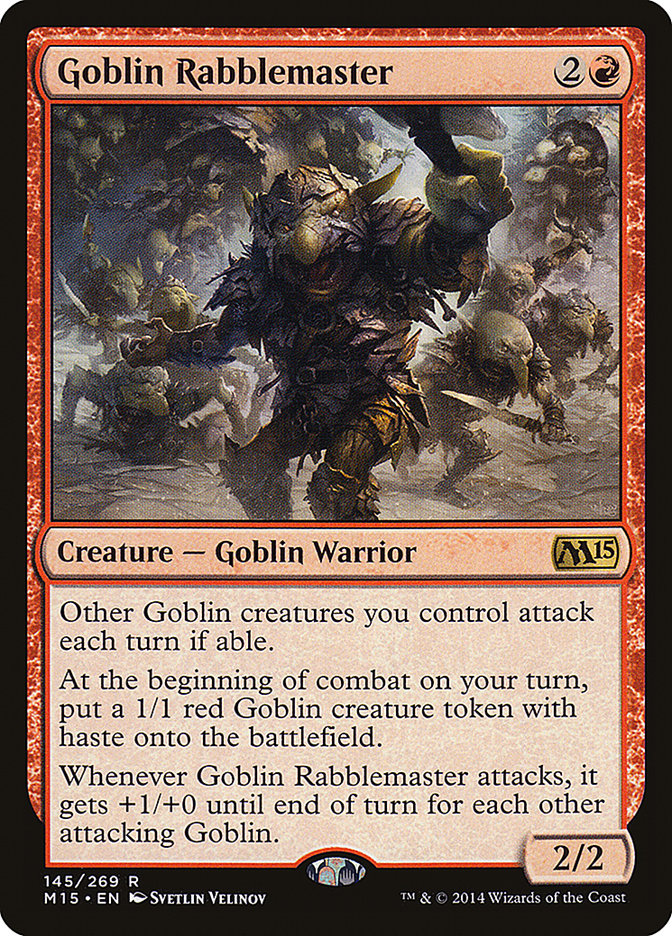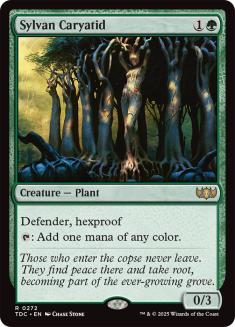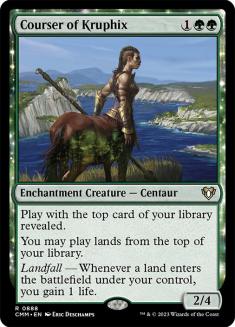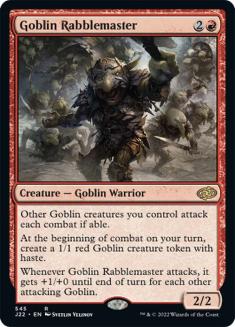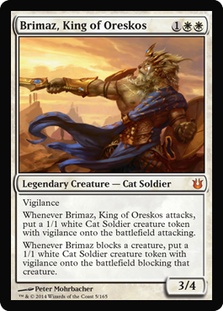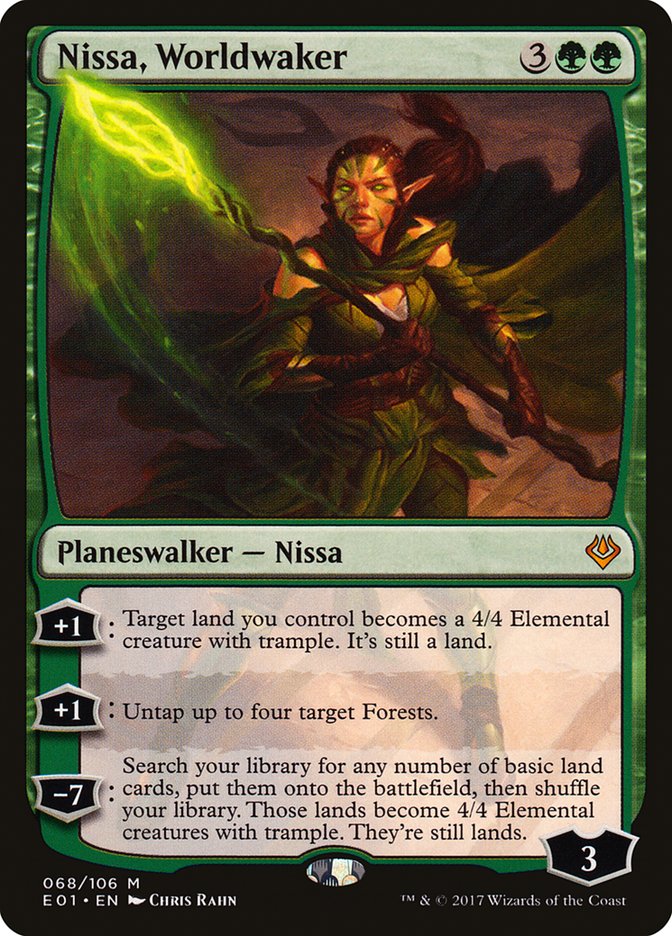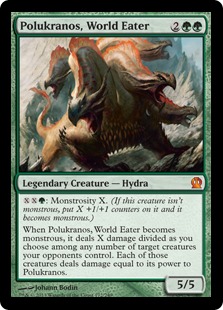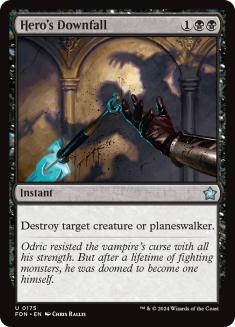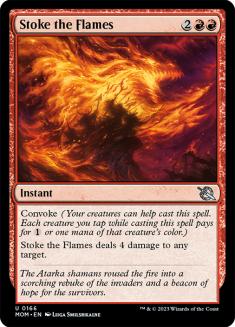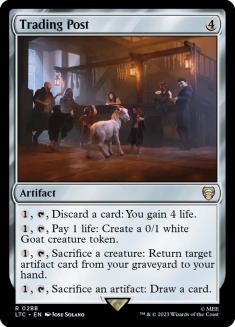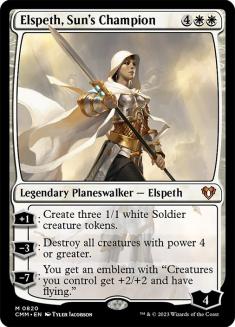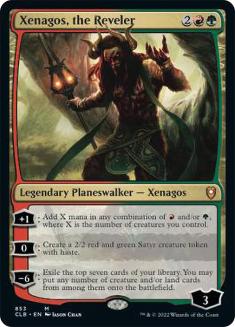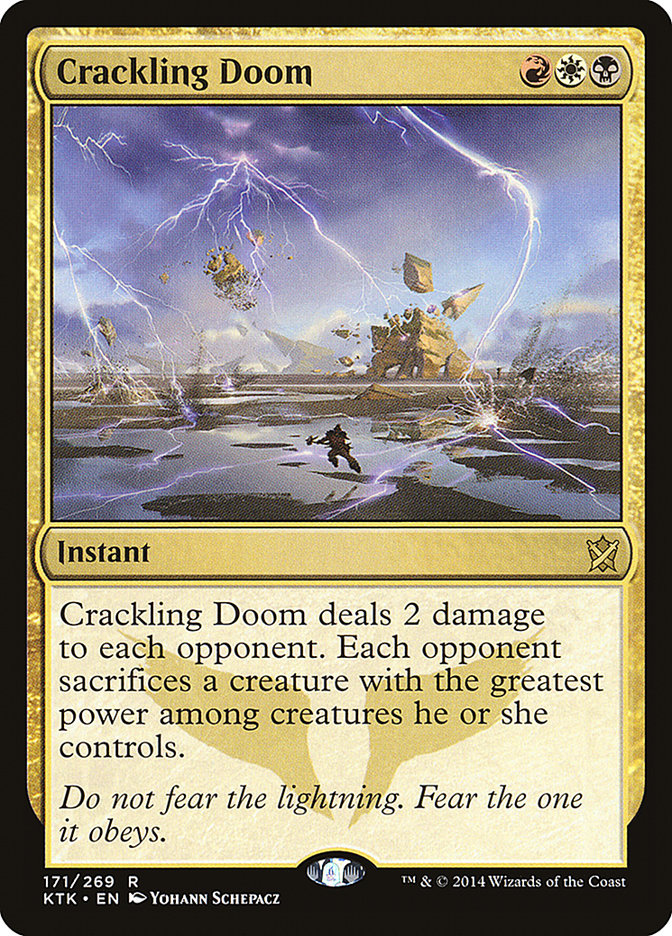Khans of Tarkir is knocking at the door, and it is time to let this set into our beloved Standard format. I’m not going to lie–I have no idea what to
expect from either Open Series event this weekend. I’ve practiced on kitchen tables, the studio when recording VS Videos, and have stared at the entire set
for enough hours to make my eyes bleed, and I still have no idea what is going to happen! This isn’t the first time this has occurred, so I do have a
contingency plan in place for times like this, but for now I am going to share with you exactly what I do when I don’t know what to do.
After all, it doesn’t matter if I am ready or not when the test starts.
What I always do in a new format I’m uncertain of is make rules. These are rules that might not turn out to be correct, but they help guide me to where I
think I have to go. They give my testing some structure, and they stop me from going down the same rabbit hole twice. Mainly they keep my testing from
becoming cyclical. Sometimes they’re correct, and other times they couldn’t be further from the truth, but every time they have allowed me to find the best
version of the deck that I think is going to be good.
The rulebook for Pro Tour Magic 2015 looked something like this:
– Be able to break serve.
– Sylvan Caryatid is bad.
– Sign in Blood is bad.
– Goblin Rabblemaster is good.
– Mono-Blue Devotion will be underplayed
– Mono-Black Devotion will be overplayed.
– Samuele Estratti is the funniest man alive.
Now most of these rules were based on knowing a metagame for a long time. So what happens when you don’t?
The first week of a new Standard format is random. You just can’t predict what players are going to bring to the table. There really is no way to metagame
against an unpredictable environment. You can try to create structure from compiling what everyone is writing/talking/posting about, but each individual is
going to have their own quirks, judgments, and eventually their own decklists. The internet is just not reliable right now to create decks for the masses.
So what do you do when you can’t metagame?
Don’t Hedge Against Uncertainty
Initial playtesting in a new format is the most inbred the testing will ever get. Your friends battle their brews against your brews and you begin to make
changes to your decks based on those findings. After all, that is the scientific method, and this is the only data you have. The issue that comes from this
is the fact that the data you have accumulated is just a drop in the bucket.
Instead of trying to find answers to problems you predict will show up, be the one presenting problems. Make them be the one who has to find an answer.
Make. Them. Have. It.
Proactive decks have always dominated the first week of new formats, and it doesn’t take a rocket scientist to figure out why. They have speed, tempo, and
a proactive gameplan. They know that certain decks will be able to go over the top of them, but at the same time they are forcing those opponents to have
the right combination of spells to do so.
Control decks have popped up and done some work in the first week of a new format, but they were always proactive in their own right. These decks were not
based around counterspells, but an overindulgence of removal spells backed up by bulky sorcery-speed win conditions.
These control decks will most certainly be bad in the following weeks but are exactly what the doctor ordered week one. This is because the counter-based
control decks don’t know what they’re fighting against. Obviously the answer is creatures and planeswalkers, but which ones? It is just too difficult to
sleeve up those Dissolves when you have no clue exactly what the format is going to be like. It’s much easier to say that every deck will win with these
spells, and I should just play a ton of removal spells and hope to get there.
Both aggressive decks and tap-out control decks have the same thing in common. They are preying on those who play decks hedged to be aggro-control. These
midrange decks have powerful cards in their own right, but they are just too many cards off to put up the fight they intended to. They lack enough
efficiency due to the difficulty of building them to be flexible enough for the unpredictable metagame.
This does not mean you shouldn’t play midrange strategies. They are, after all, exactly what Khans of Tarkir is all about. The goal is to be preparing for
what you know is going to show up and not what you think could show up. So instead of saying, “I should have a few answers to X and better have an out to Y
just in case it shows up,” you should be preparing yourself for things you know will be played.
Introducing first, from the Red Corner. Weighing in at 40 pounds. Hailing from the burrows of the Molten Pinnacle and is rated the best red creature to
be printed since Thundermaw Hellkite. With 52 wins, and 38 of them coming by way of trigger,
h
e is your reigning StarCityGames.com Standard Open Champion of the Wooooooooooooooorrrrrrrrrrrrrrrrlllllllllllllllllllllllllllllld
Goblin “Rabble Rabble” Rabblemaster!
And in the Green Corner. Weighing in at roughly 780 pounds. Hailing from the forests of Karametra.
C
urrently hailed as the best in the biz. With 183 wins, 182 of which have ended in assumed luck,
h
e is your former Pro Tour Champion of the Wooooooooooooooorrrrrrrrrrrrrrrrlllllllllllllllllllllllllllllld.
Courser “Of Course, I’ll Gain
a
Life” Kruphix!
These are what you want to worry about. Not the zombie horde that Sidisi, Brood Tyrant potentially might bring, or the Sweeney Todd reenactment featuring
Butcher of the Horde. Those cards could show up, but it isn’t guaranteed. Nor is it a certainty that you play against one of those decks even if a handful
of players wield them to good results.
The cards you should worry about are the ones that have already proven themselves and not the ones that have yet to impress:
Obviously, new cards are going to be played, but these cards are guaranteed to show up this weekend. If you want to play reactive cards, make sure they can
handle these known threats. Don’t worry about having narrow removal spells for cards that haven’t been explored yet. Those slots just eat into your threat
density.
Respect Red
Seriously! Red decks rule week one because everyone seems to think that they won’t show up in high numbers. Goblin Rabblemaster might have changed all
that, but it could very well have exacerbated the issue. Red decks will show up this weekend and in high numbers. They have already proven themselves to be
respectable decks, and the new set is filled with delicious three color decks for them to prey on. There is a very good chance that almost all of us will
lose to a red deck this weekend, and while not every red deck will look exactly like this, I assure you they will have very similar cards.
Creatures (24)
- 4 Foundry Street Denizen
- 4 Akroan Crusader
- 4 Firedrinker Satyr
- 2 Mogis's Warhound
- 4 Goblin Rabblemaster
- 2 War-Name Aspirant
- 4 Monastery Swiftspear
Lands (19)
- 19 Mountain
Spells (17)

Make Sure You Have Mana Sinks
If there is one certainty in Magic, it is that the best decks always have something to do with their mana. Your house isn’t the only thing that needs flood
insurance. This is often the most overlooked aspect of deckbuilding. Players tend to have too many cards that have high casting costs and not enough cards
that have activated abilities that use mana.
I get it. The new cards all look sweet, but the problem is they all sit on top of other great cards. Sarkhan, the Dragonspeaker competes with Stormbreath
Dragon, Polukranos, World Eater clashes with Siege Rhino, and every removal spell happens to cost three mana. Instead of trying to keep the top of a curve
lower, players tend to just play more acceleration and skimp on the removal.
This is not how Magic works. Mana sinks allow you to play a lower curve. This helps mitigate from flooding and screwing. Not only are your spells cheaper,
but they give you things to do when the resources aren’t perfect.
My rule of thumb when it comes to cards that compete with each other is, which one looks better when I get stuck on lands or flood out? I want my decks to
have something to do when it isn’t casting spells. This is the main reason why I still think Polukranos, World Eater is the best four drop in the business.
It will give you two turns of doing something, and that is a whole lot more than any of these other big dumb green animals.
Creatures (22)
- 4 Elvish Mystic
- 4 Polukranos, World Eater
- 4 Sylvan Caryatid
- 3 Reaper of the Wilds
- 4 Courser of Kruphix
- 3 Rakshasa Deathdealer
Planeswalkers (4)
Lands (24)
Spells (10)

Rakshasa Deathdealer is no Pack Rat, but it’s no slouch either. This card has the potential to be amazing since it is an early creature that can threaten
to get bigger over the course of a game. This lets you attack into opposing creatures in the early game to threaten some damage, but then actually use the
abilities once the game goes long. I predict that a deck similar to this will be great in the format manly due to the fact that most of the threats can
play a significant role regardless of the conditions.
Splash the Third Color
This has been my biggest hurdle when trying to build decks in this format. Khans of Tarkir is filled with powerful spells, but the mana never really works.
Well it does, but you have to play way too many tap lands that cause you to be too slow out of the gates. Theros Block spells have a tendency to cost two
of the same color making it very difficult to indulge in all of the powerful spells in any three color combination. It was easier to do this in the past,
but that is because shocklands are much better at casting those cards than fetchlands are.
Splashing a third color is fairly easy as long as you focus on making sure you can cast the other two colors cards without worry. Don’t try to splash
Chained to the Rocks or attempt to fit those Anger of the Gods in your Jeskai Control deck. Don’t overindulge!
Here is my Sidisi Dredge deck that only splashes for the Mythic rare:
Creatures (28)
- 4 Elvish Mystic
- 4 Sylvan Caryatid
- 4 Nemesis of Mortals
- 2 Herald of Torment
- 4 Satyr Wayfinder
- 3 Nyx Weaver
- 3 Necropolis Fiend
- 4 Sidisi, Brood Tyrant
Lands (23)
Spells (9)
Sideboard

Honestly, I have no clue if this is a good list of the deck. Sidisi, Brood Tyrant is a unique card that I really haven’t learned how to build with yet. On
one hand, you want to be aggressive with the card since she’s at her best with a ton of creatures in your deck, but she can also be good with a ton of
removal since you can attack more often. Bestow works pretty well, but Nighthowler and delve don’t seem to be friends, and Necropolis Fiend has proven to
be the real deal.
Give me your Crackling Doom Deck if it is Busted
I’m fairly certain that this card might be the real deal and can’t wait to get to work on it more for the Pro Tour. I just didn’t have enough time going
into this weekend. I was busy trying to “break” the format with another one of those “Brad” decks. Needless to say I succeeded so I will see you guys at
the draft tables after round 3 as I’ll be the one complaining about how I can’t believe I missed that one card I’m not playing.
I will see you guys in New Jersey this weekend! Be sure to tune into SCGlive for all the awesome feature matches they will be putting me on. *Wink Wink*


